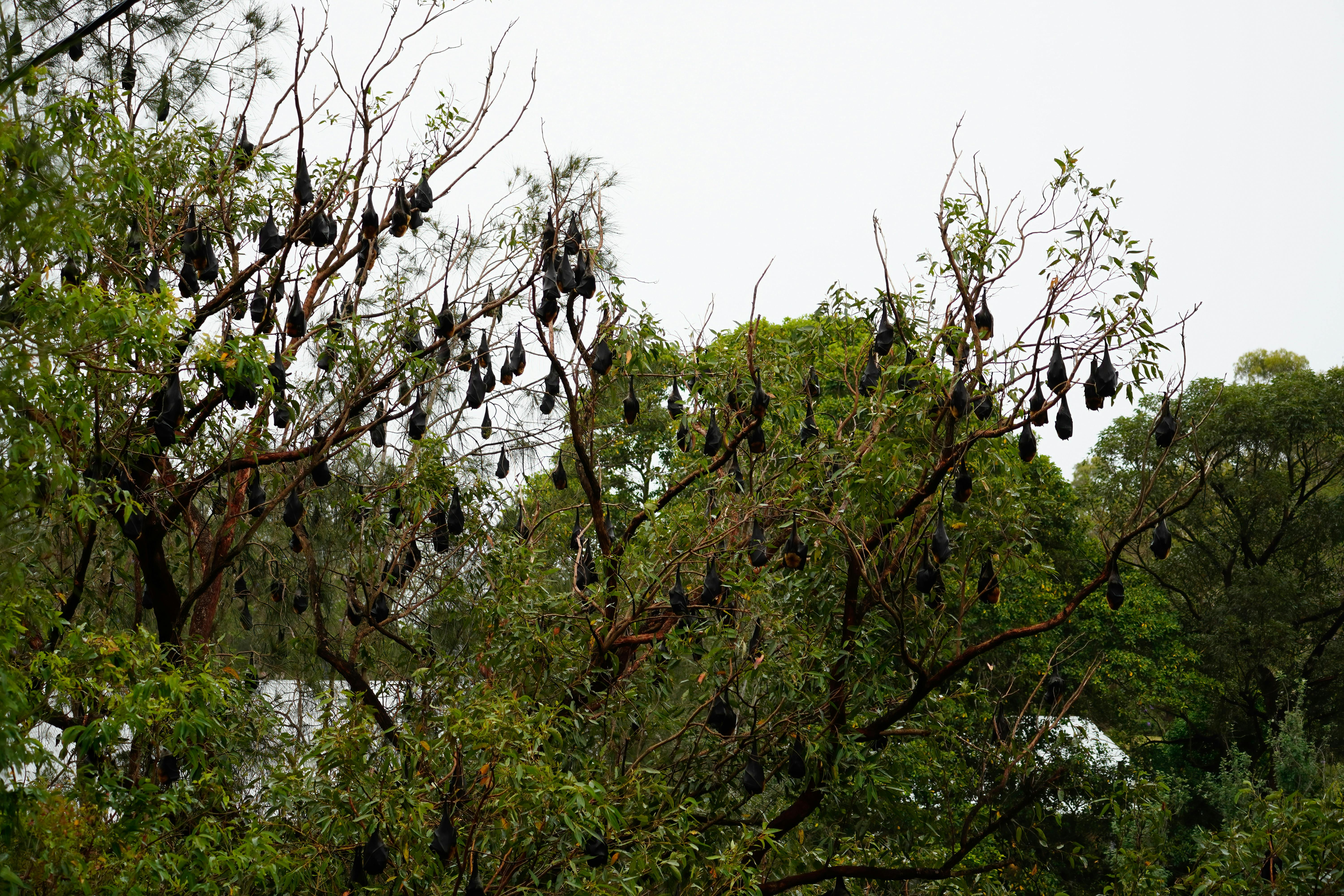Flying Fox Species Identification and Habitat Assessment on Luban Island, Philippines: Evidence of Ecological Shifts and Conservation Implications
DOI:
https://doi.org/10.59120/drj.v16i2.389Keywords:
Conservation, endangered species, foraging areas, fruit bats, wildlife habitatAbstract
Luban Island in the Mati City, Davao Oriental, Philippines, is a popular tourist destination renowned for its natural beauty, tranquil environment, and home to unique and endangered species, particularly the rare flying foxes. This study aimed to contribute to their conservation by (1) identifying bat species, (2) conducting a population count and assessing foraging areas, and (3) evaluating habitat conditions. The bat colony was initially identified as the Golden-crowned flying fox (Acerodon jubatus). However, recent assessments show that the roosting colony is now either the Island flying fox (Pteropus hypomelanus), the Large flying fox (Pteropus vampyrus), or a mixed colony of both species. Population counts were conducted using a roost exit count, which recorded no fewer than 3,000 flying foxes, and a photographic count, which documented at least 2,060 individuals. The foraging areas of the flying foxes cover approximately 22.0 ha, including 1.32 ha of closed canopy, 1.46 ha of grassland, 12.37 ha of shrubland, and 0.21 ha of perennial crops, providing a diverse and abundant resource base for feeding. Habitat assessments involved field surveys that identified key roosting trees, including Xanthostemon verdugonianus, Lithocarpus sulithi, Shorea astylosa, Canarium ovatum, and mangrove species Rhizophora spp. and Sonneratia alba. Other tree species, including bitaog, balite, coconut, rattan, and various wildlife, were also recorded. The findings of this study offer critical insights that can inform conservation strategies for flying foxes on Luban Island.
Downloads

Downloads
Published
Issue
Section
License
Copyright (c) 2025 Ramil L. Ramos, Phoebe Nemenzo-Calica

This work is licensed under a Creative Commons Attribution-NonCommercial 4.0 International License.
DRJ is an open-access journal and the article's license is CC-BY-NC. This license allows others to distribute, remix, tweak, and build on the author's work, as long as they give credit to the original work. Authors retain the copyright and grant the journal/publisher non-exclusive publishing rights with the work simultaneously licensed under a https://creativecommons.org/licenses/by-nc/4.0/.





